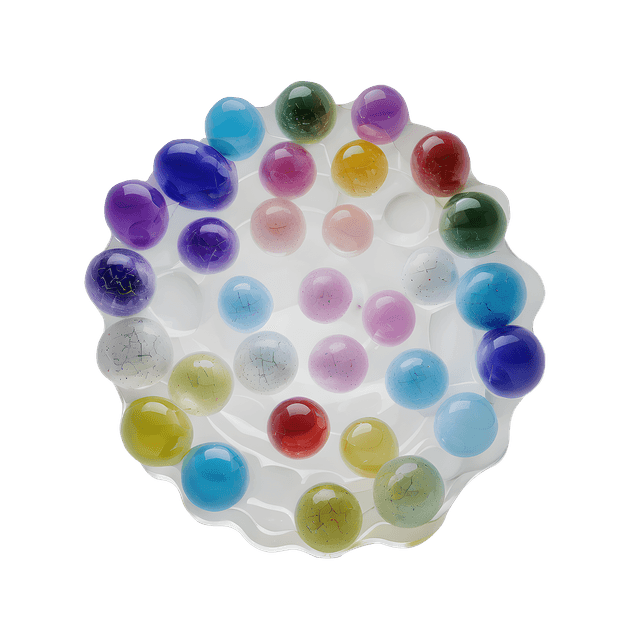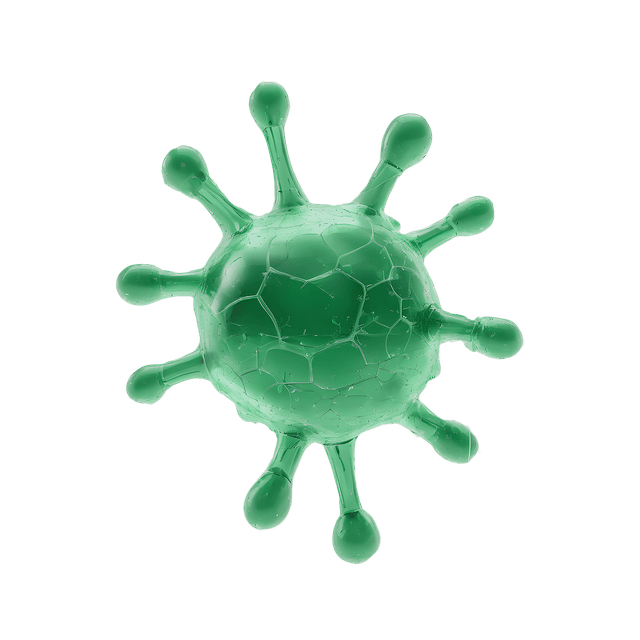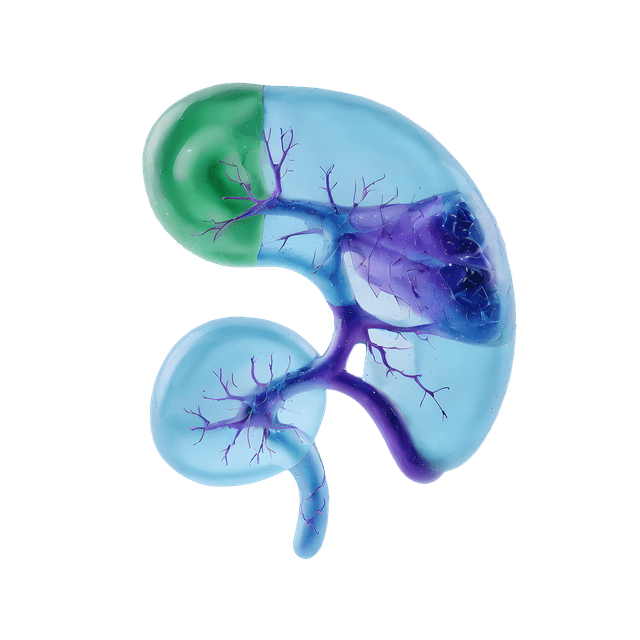What is scarlet fever?
Scarlet fever is a bacterial infectious disease caused by the bacterium Streptococcus pyogenes, also known as group A streptococcus. The disease is known for the characteristic symptoms that include a red and rash-like skin rash that can resemble a "scarlet" color, hence the name. Other common symptoms of scarlet fever include fever, sore throat, swollen lymph nodes, and sometimes a sandpaper-like feeling on the skin. Scarlet fever is contagious and is usually spread through close contact with an infected person, especially through droplets from coughing or sneezing. The disease most often affects children, but it can occur at any age. Early treatment with antibiotics is usually effective in treating scarlet fever and reducing the risk of complications.
It is important to seek medical attention quickly if you or your child shows symptoms of scarlet fever, especially since untreated scarlet fever can lead to serious complications such as rheumatic fever or kidney problems.
How is scarlet fever transmitted?
Close contact: The most common route of infection is through close and direct contact with a person who has scarlet fever. It can include hugging, kissing or sharing objects such as towels, glasses, plates and cutlery.
Droplet infection: When an infected person coughs or sneezes, the small droplets containing bacteria are spread in the air. If you breathe in these droplets, you can become infected.
Contact with objects: Scarlet fever can survive on surfaces and objects that have been contaminated with bacteria from an infected person. If you touch these objects and then touch your face, especially your eyes, nose or mouth, you may become infected.
Food or drink: If you eat or drink from the same vessels as an infected person, it can lead to infection if the vessels have not been washed properly.
It is important to note that scarlet fever is most contagious during the first 2 to 4 days of illness, but contagiousness can continue even after antibiotic treatment has been started. To reduce the risk of spreading scarlet fever, good hand hygiene, such as regular hand washing with soap and water, is particularly important.
Symptoms of scarlet fever
Scarlet fever has several characteristic symptoms that can vary in severity . Here are some common symptoms of scarlet fever:
Sore throat: Many people with scarlet fever experience a severe sore throat that can be painful, especially when swallowing.
Fever: Scarlet fever is often accompanied by fever, and the body temperature may rise significantly.
Skin rash : One of the most characteristic symptoms is the red skin rash that can resemble a "scarlet" color. The rash is often itchy and may start on the skin around the neck and spread to other parts of the body.
Swollen lymph nodes: Lymph nodes in the neck may become swollen and become sore.
Headaches: Some people may experience headaches as a symptom of scarlet fever.
Vomiting and nausea: Vomiting and nausea may occur, especially in children.
Redness of the throat and tongue: Scarlet fever can give a characteristic appearance in the pharynx with a red and bumpy surface. The tongue may also become red and change in appearance, which is sometimes called "strawberry tongue."
Sometimes: Sandpaper-like skin sensation: Skin may feel like sandpaper when touched the due to small raised rashes.




















